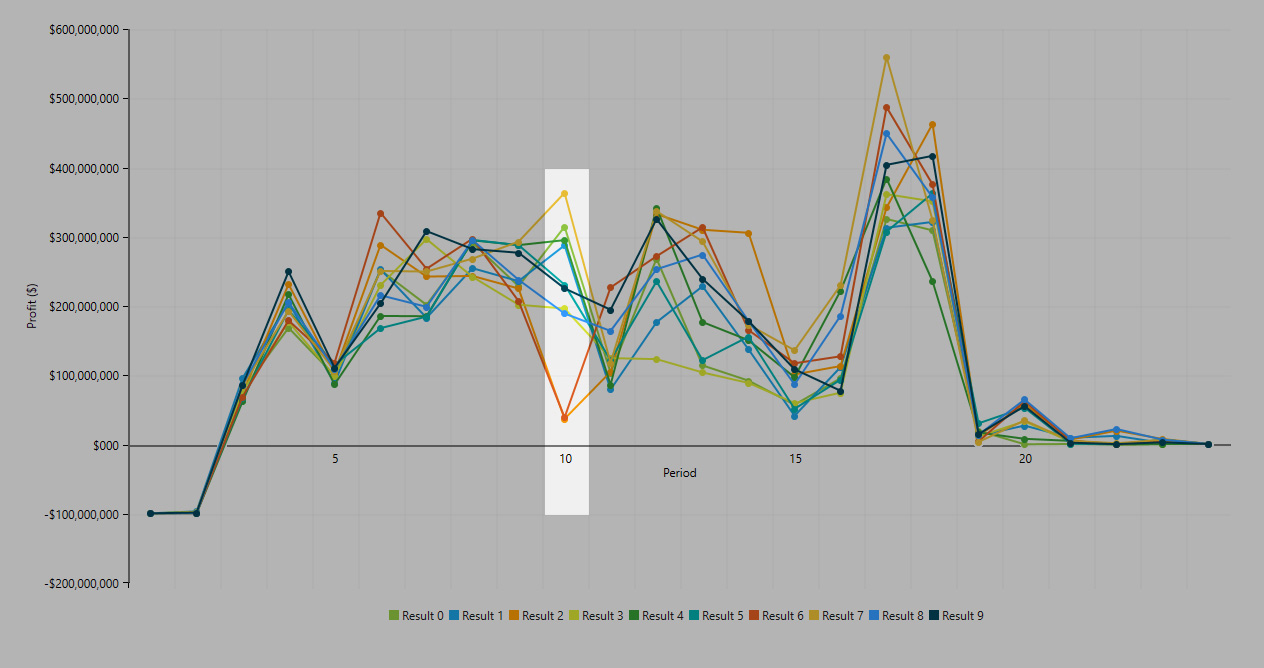Scheduling research delivers insights into economic impacts of geological uncertainty
Ask a geologist or scheduler how certain they are about their model or schedule and they might be confident or say ‘it’s economically viable’. But they are likely to struggle if you asked them to quantify that level of certainty.
For the past 18 months I have been part of a project group, partnering with the University of Adelaide, researching ways to measure and ultimately reduce uncertainty around long term mine scheduling.
The partnership with the University of Adelaide forms part of a South Australian research and industry program which aims to support research and development activity in the state to compete globally, while encouraging investment in key science and research areas.
The Uncertainty Modelling project uses several new technologies, the first being Maptek DomainMCF.
DomainMCF uses machine learning to predict geological domains. This highly efficient mechanism requires little in the way of input parameters. It generates models that include a measure of uncertainty, which can then be used to make informed decisions about mining projects.
Using DomainMCF, I generated an aggregate model by averaging multiple runs that naturally exhibit variability where the geology is uncertain. This aggregate model was used to create an ultimate pit and stage design, and provided the basis for generating a long term mine schedule using Maptek Evolution Strategy.
Optimisation on the aggregate model created a net-present-value-optimised strategic mine schedule. This is where conventional analysis would typically stop. Keen observers out there would note that I haven’t done anything different to your typical life-of-mine scheduling – apart from generating a few extra models.
From here, I discovered that by evaluating the schedule on each individual DomainMCF run in turn, I could gain insights into the economic impact of geological uncertainty.

Profit variability per period is a direct consequence of geological uncertainty.
Ten runs from the same composite data using DomainMCF were processed through the Evolution Strategy optimisation engine. Preliminary results show that uncertainty in the geology can affect profit by up to $300M per period.
This approach allowed the group to judge how sensitive a project is to changes in geological interpretation, an aspect that has been overlooked in the past.
This knowledge alone is a powerful decision making tool to guide geologists in planning drilling programs and engineers in refining their pit designs.
So in the first stage of the project we’ve demonstrated that after modelling the uncertainties, optimisation methods such as evolutionary computing in Evolution software can be used to produce profitable plans that minimise the uncertainty around critical components. The research also demonstrated how stage designs can affect per-period uncertainty.
The project’s next steps are split into two streams. First we’ll tackle the stage design problem by taking existing stage designs and adjust stage boundaries to level out uncertainty between periods. Following this, we’ll adjust the optimisation to down-weight solutions that have a high degree of uncertainty, making more certain solutions more likely to be part of the final result.
Watch my October 2020 presentation to the Integrated Mining Consortium at the University of Adelaide to find out more. The presentation generated a lot of excitement around our methods, and introduced a new method for generating geological domains and measuring uncertainty to many of those present.
I look forward to continuing my involvement in the project as we move into the next stage. Stay tuned for more!



